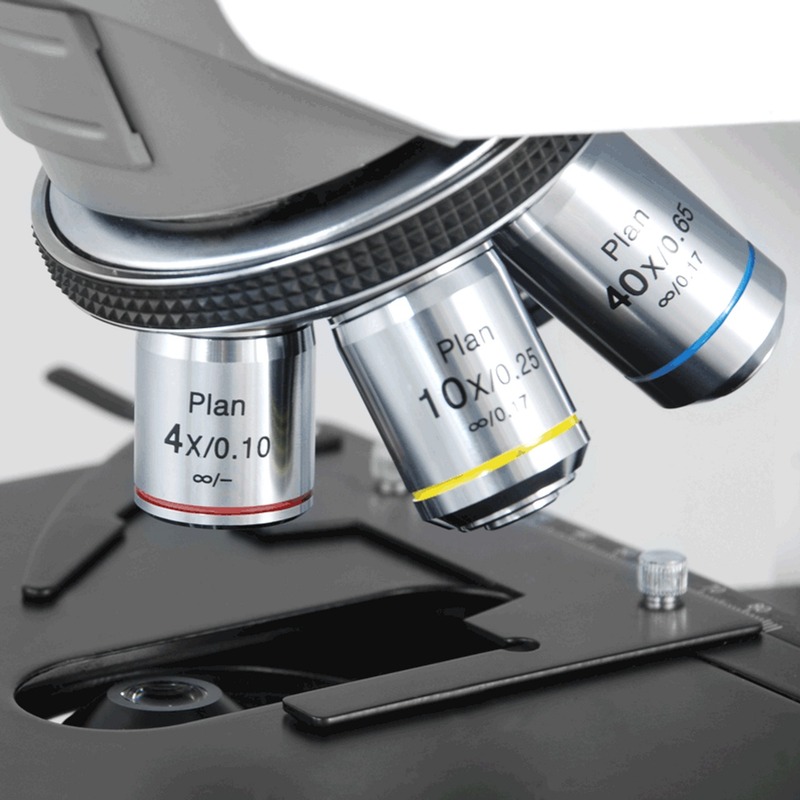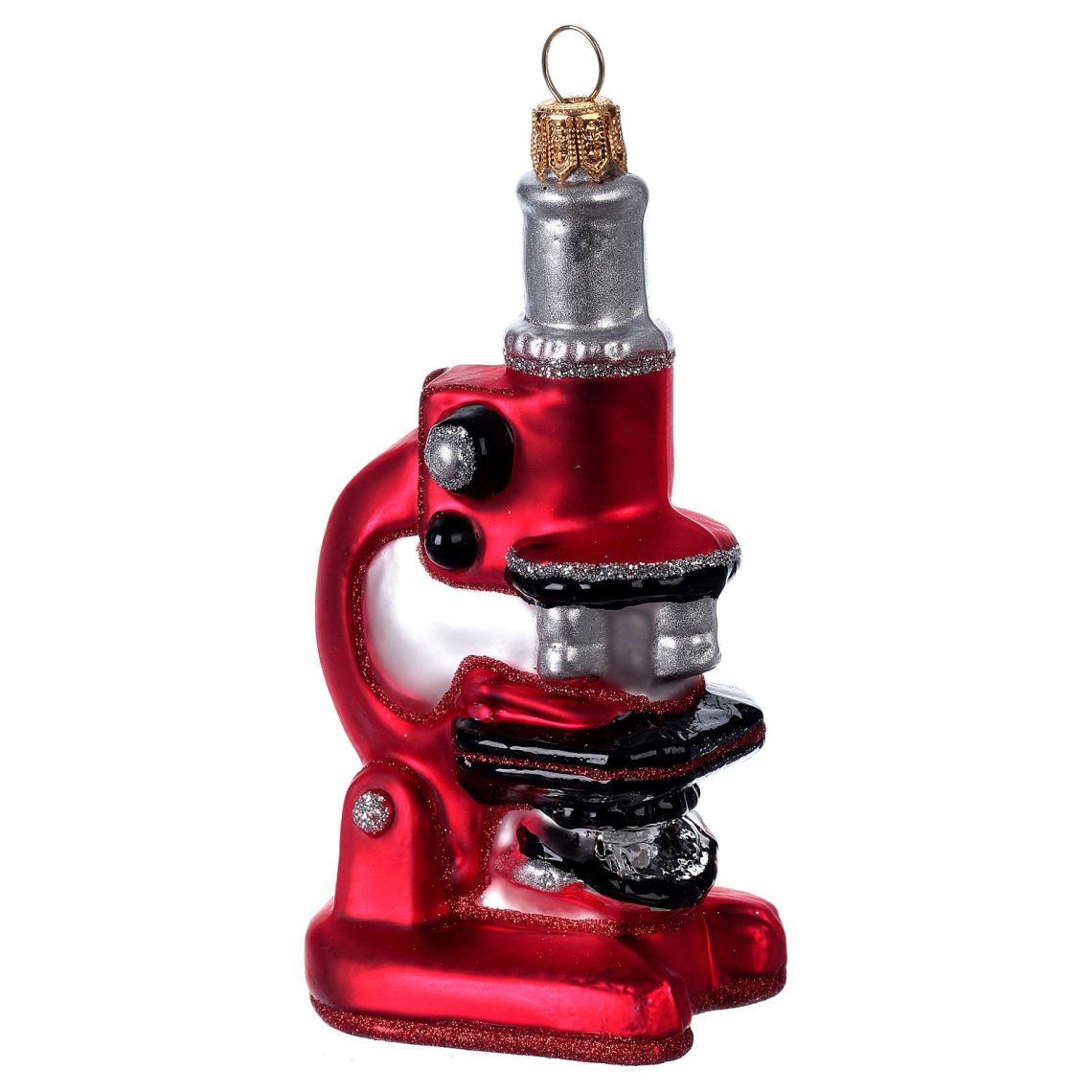Microscope Lens: Your Essential Guide to Microscopy
Microscopy opens a fascinating window into the microscopic world, enabling us to explore the minute details of life that are otherwise invisible. Central to this journey is the microscope lens, a crucial component that determines not only what we see but how clearly we can see it. In this comprehensive guide, we will delve into the types of microscope lenses available, their specific uses, tips for choosing the right lens, and best practices for care and maintenance.
Understanding microscope lenses is essential for students, educators, hobbyists, and professionals alike. This knowledge enhances your experience and improves the overall quality of your observations and experiments. As we move forward, we’ll ensure that you can make informed decisions, whether you’re a novice stepping into microscopy or a professional conducting advanced research.
Types of Microscope Lenses
When exploring microscope lenses, it’s important to understand that there are various types, each serving different purposes. Here’s an overview of the main categories:
Objective Lenses
Objective lenses are the primary lenses in a microscope and are responsible for gathering light and magnifying the sample. They are typically categorized by their magnification power. Common types of objective lenses include:
– Low-Power Objectives: These usually have magnification levels ranging from 4x to 10x. They provide a wider field of view, making them ideal for scanning large specimens.
– High-Power Objectives: These offer magnifications from 40x to 100x. They allow for more detailed observations of specimens but have a narrower field of view.
– Oil Immersion Objectives: These high-power lenses, commonly used in microbiology, use immersion oil to increase light gathering, effectively enhancing resolution.
Eyepiece Lenses
The eyepiece lens, also known as the ocular lens, is the lens through which the viewer looks. Eyepiece lenses typically have a magnification of 10x or 15x. They are crucial in determining the overall magnification of the microscope, as the total magnification is the product of the objective and eyepiece magnifications.
Specialized Lenses
In addition to standard objective and eyepiece lenses, microscopes can utilize specialized lenses such as:
– Apochromatic Lenses: These high-end lenses correct for chromatic aberration in multiple wavelengths. They provide sharp images with color fidelity.
– Plan Objectives: Plan lenses deliver a flat field of view, reducing distortion and ensuring uniform focus across the entire image.
– Phase Contrast Lenses: These lenses help enhance the contrast of transparent specimens, making it easier to see features without staining.
Understanding the various types of microscope lenses empowers you to choose the most appropriate one for your specific application.

Best Microscope Lenses for Beginners
For those new to microscopy, selecting the right microscope lens can be overwhelming. Here are some top choices designed for beginners, focusing on ease of use and affordability.
1. AmScope Beginner Microscope Lens
– Type: Achromatic objective lens (4x, 10x, 40x magnification)
– Compatibility: Works with AmScope microscopes.
– Description: This lens set offers excellent value for beginners who want to explore various magnifications effectively. The achromatic design reduces chromatic aberration, providing clearer images.
2. Omax 40X to 2000X All-Metal LED Microscope
– Type: Oil immersion lens included.
– Compatibility: Integrates seamlessly with OMAX microscopes.
– Description: This complete microscope comes with adaptable lenses suitable for a variety of specimen types, perfect for students and hobbyists just starting out.
3. Celestron Kids 45x-75x Educational Microscope
– Type: Multi-magnification fabric lens.
– Compatibility: Designed for educational purposes.
– Description: Ideal for younger users, this microscope features an easy-to-use lens system, promoting engagement with science without overwhelming technicalities.
When searching for your first microscope lens, prioritize ease of usage and adaptability to ensure a smooth transition into the world of microscopy.
Choosing the Right Microscope Lens
Selecting the right microscope lens involves several critical considerations. Here’s a guide to help narrow down your options based on your needs:
1. Purpose of Use
Determining the primary goal of your microscopy will guide your lens selection. If you’re a student, lenses suitable for classroom experiments will suffice. Professionals, on the other hand, may require high-end lenses for specific research tasks.
2. Desired Magnification and Resolution
Different applications require varying levels of magnification. Consider whether you’ll be viewing miniature organisms, cells, or larger specimens. The chosen lens should not only meet your magnification needs but also offer adequate resolution for clear images.
3. Compatibility with Existing Equipment
Ensure that the lens you choose is compatible with your current microscope. Many microscopes have specific threading or mounting mechanisms, so double-check the specifications before purchasing.
4. Quality and Brand Reputation
Investing in quality lenses from reputable brands can significantly impact your experience. Look for reviews, and try to gather feedback from other users to ensure product reliability.
5. Budget Considerations
Decide on a budget before shopping for microscope lenses. Higher-quality lenses generally come at a premium price. However, balance your budget with the potential benefits offered by durable and efficient optics.
By analyzing these factors, you can confidently choose the right microscope lens that meets your individual requirements.

Maintaining and Caring for Microscope Lenses
Proper care of your microscope lenses is vital for longevity and optimal performance. Here’s how to maintain and clean your lenses effectively:
1. Cleaning Lenses Safely
– Use Appropriate Materials: Employ lens cleaning solutions specifically designed for optical equipment. Avoid strong chemicals that could damage coatings. Always use lint-free cloths or lens wipes to prevent scratches.
– Gentle Techniques: When cleaning, use circular motions to avoid streaks and ensure you’re not applying excessive force.
2. Storing Microscope Lenses
– Keep Dust Covers: Always cover unused lenses to protect them from dust and scratches.
– Store in a Safe Place: Avoid storing lenses in direct sunlight or places with extreme temperatures and humidity, as these conditions can degrade the optical components.
3. Regular Inspections
– Check for Damage: Regularly inspect your lenses for signs of wear, such as scratches or fogging. Address issues promptly to maintain clarity and functionality.
Regular maintenance extends the life of your microscope lenses and ensures your observations remain sharp and clear.

Conclusion
In summary, understanding microscope lenses is crucial for anyone interested in microscopy. Whether you are a student, educator, hobbyist, or professional researcher, the right lens can significantly amplify your experience and results. As you explore the different types, evaluate your needs, and consider essential factors in choosing a microscope lens, remember the importance of maintenance.
Investing time in research and education will reward you with enhanced precision and clarity in your observations. Whether exploring the micro-world for fun or conducting serious research, the right microscope lens will elevate your journey. So dive in, explore various options, and make an informed decision that suits your unique microscopy needs. Happy microscopy!
A Touch of Holiday Cheer
As we explore the wonders of the microscopic world, let’s take a moment to appreciate the joy and warmth that this holiday season brings. Just as a microscope lens allows us to see the intricacies of life, the spirit of Christmas helps us focus on the beauty of connection and togetherness.
We wish you and your loved ones a joyous Christmas filled with love, peace, and memorable moments. May your holiday season be bright and your days be enriched with laughter and exploration. Whether you’re peering through a lens or sharing time with family, cherish the experiences that bring joy to your life. Happy holidays and may the new year inspire you to discover even more incredible wonders in both science and your personal journey ahead!





